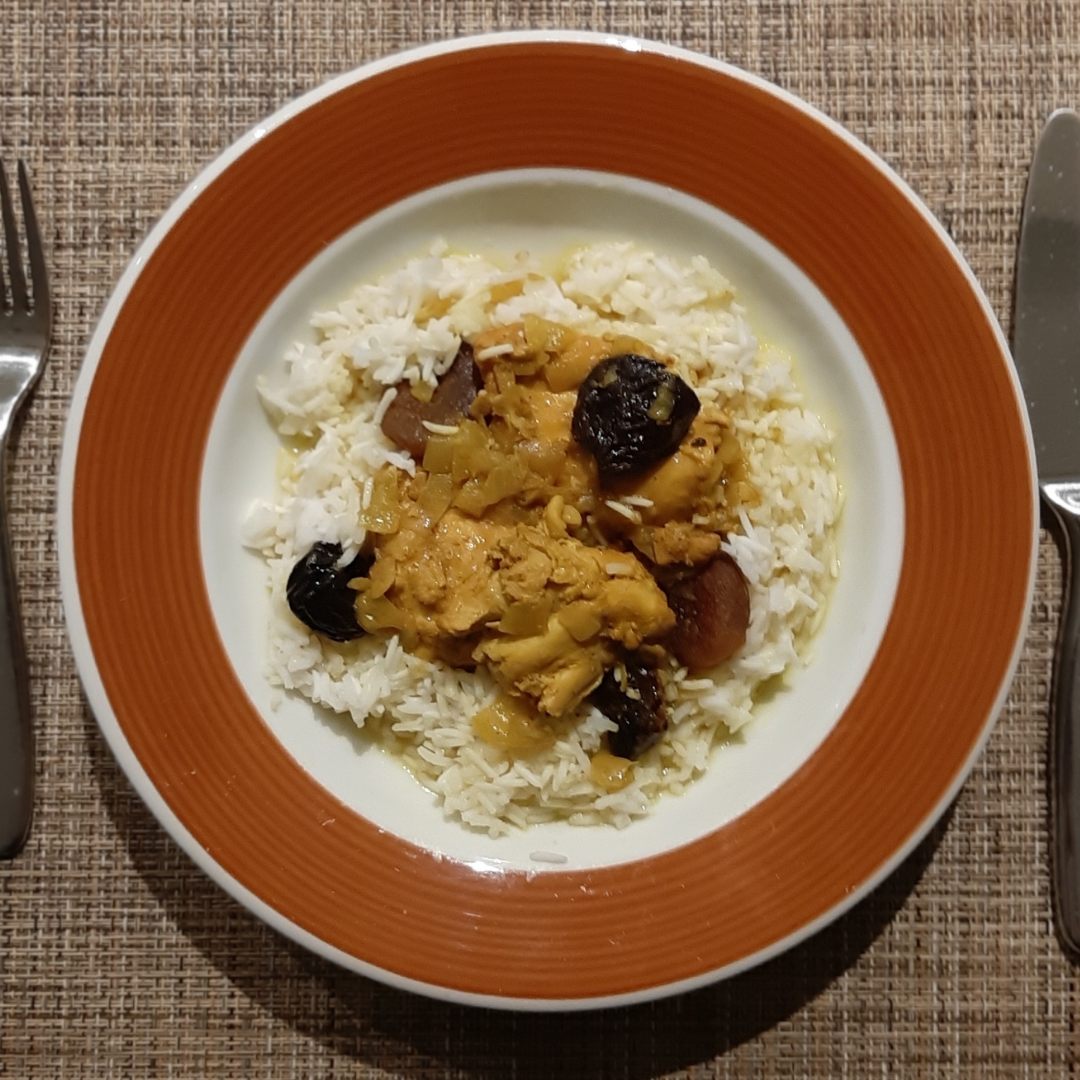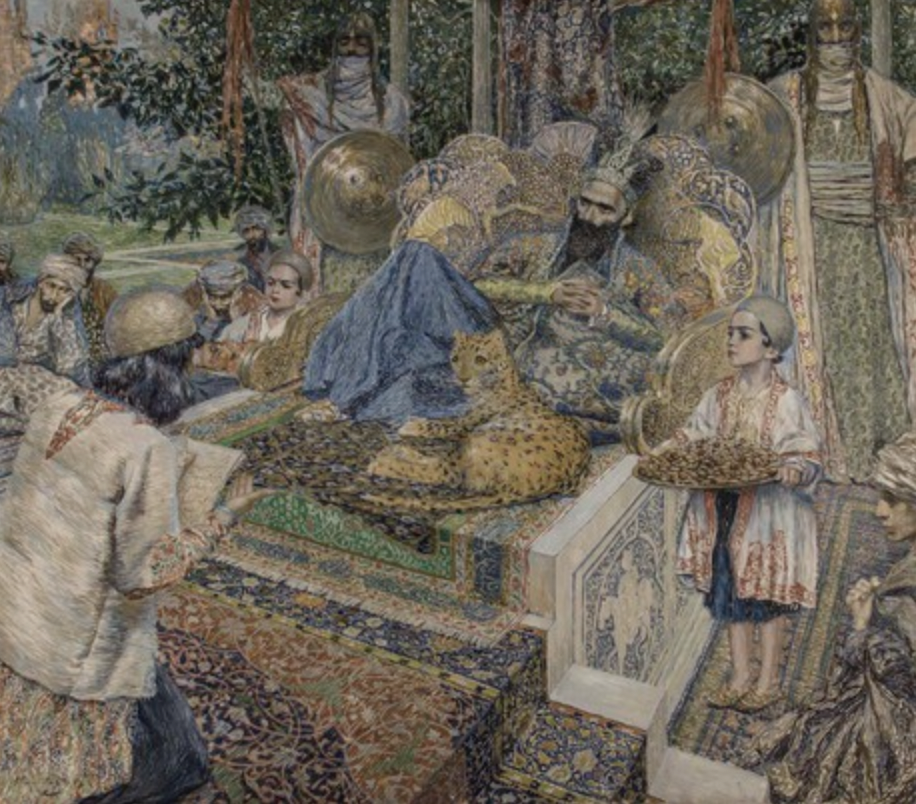The Saffron Tales: Recipes from the Persian Kitchen by Yasmin Khan (Bloomsbury, 2016)
When I bought my first jar of saffron – empty-looking, with few precious strands sealed in cellophane - I knew that I was serious about cooking: not even a kitchen novice like me makes such an investment unless they mean business.
Saffron flowers only for ten to twelve days a year, strictly needs to be picked on the day the flowers open, plus each crocus has a mere three stigma. And Iran is the world’s largest producer of this labour-intensive and most expensive spice of all.
Yoghurt with Beetroot and Mint (Borani-ye Laboo)
Nuggets like this populate British-Iranian broadcaster and author Yasmin Khan’s The Saffron Tales. A familiar name on the cookery shelves in the UK bookshops, her work challenges stereotypes of the Middle Easterners with recipe-and-story compilations such as Zaitun and Ripe Figs, which feature her travels in Palestine and the Eastern Mediterranean respectively. She is also a human rights campaigner, famously cooking in refugee camps at the centre of the (pre-Ukrainian) migrant crisis, such as on the Greek island Lesbos.
Raised in an Iranian family in Britain, Khan recalls grandparents bringing foodstuffs on their visits to England and visiting Iran herself as a child over the years. These stays with family exposed her to the colours, tastes, smells and textures of the food from Iran’s diverse regions. Regions, which she, who has ‘an obsession with pomegranates’, traversed for the book, conversing with the locals and testing their recipes.
It has been said that there are only three great cuisines in the world: French, Chinese and Turkish, and that all the others are variations on these themes. The markers that made these cuisines dominant include a multicultural imperial heritage, access to spices, and sheer geographic reach. Professional chefs do not trust these sweeping statements but point out the main difference between them: the French make sauces separately, the Chinese minimise sauces and prefer stir frying, while in the Turkish cuisine main ingredients are cooked with sauces. The Persian method, judging by The Saffron Tales, veers towards cooking all together in one pot, which resembles the Turkish and even Indian technique. Process aside, some tastes also, such as fenugreek leaf (not seeds), known as methi in India, bring the Silk Road to mind.
Khan’s treasure trove of recipes is enough for many a sofreh (a table laden with various dishes without a clear separation between starters and mains or side dishes). Among them is tahdig (crispy rice crust), various kuku (a type of frittata), as well as sabzi (a fresh herbs platter, as is traditional in Armenia). There are show-stoppers such as Pomegranate soup (Aash-e anar), Lime and saffron chicken kebabs (Jujeh kabob), and Orange blossom and date pudding (Ferni). But the novelty for me were dried limes: these tough brown balls that go in stews whole and gradually release their intense flavour and juices, have now entered my spice cupboard.
I made Yoghurt with beetroot and mint (Borani-ye Laboo) – a pretty, pink salad, perfect for the winter. However, feta cheese on top of yoghurt felt excessive, so I improvised with pomegranate seeds instead. As a main, I made apricot and prune and chicken stew (Aloo Mosamaa) with aromatic, pestle-and-mortar ground saffron, which gave the juices a blood orange hue. I served it with rice, and it was delicious, with plenty left over.
A Kickstarter project, the names of the publication’s backers are listed, in a gesture similar to that of the authors of Lavash, who credited everyone who enabled their own travels and community-supported book. The instructions are clear, the dishes practical, and ingredients such as barberries (the variety native to the region) or dishes such as Stuffed aubergines (Dolmeh) would strike Armenians (especially from the Republic) as familiar features of our shared culinary landscape.
Apricot and Chicken Stew (Aloo Mosamaa)
Among the Armenian community in London, a fair number are from Iran. Most of them emigrated in the immediate post-1979 period. Many have fond memories of life in pre-revolutionary Iran. Every Saturday, we used to meet at the Armenian School and gossip while our children had lessons. Notes on food – as different as our backgrounds - soon became a standing item.
‘’Have you not tried eggy date?! Not heard of Gheysavah?!’’ Shakeh from Tehran asked once, in a demonstration of the diverse culinary backgrounds we Armenians have through living far and wide. ‘’Date… and… egg?’’ I said. Growing up in Armenia, the tomato omelette was the eggy dish of choice, known as Pamidorov dz’vadzegh in common, Russified vernacular.
Ferdowsi reading "Shahnameh" poem to Shah Mahmud of Ghazni by Vardges Surenyants (1913, copyright National Gallery of Armenia)
Now I have tried Yasmin Khan’s version of the Date and cinnamon omelette (Gheysavah). Shakeh was right – it was filling, as well as tasty in its sweet-and-savoury combination of ingredients. But then contrast is adventure for the palate, and also something the Persian cuisine relishes. Examples include the Persimmon (the sharon fruit), goat’s cheese and rocket salad; the Whole baked fish stuffed with walnuts and pomegranates (Mahi shekampor), alongside a fantastic range of recipes with beans and pulses, leafy greens and vegetables, grains and dried fruits.
The Saffron Tales is a user-friendly hardback, in a beautiful cover with an Islamic pattern. It has a comprehensive section on the Persian - or Iranian – (used inter-changeably) store cupboard, photographs glimpsing the modern life in the now-not-so-accessible Islamic Republic, and a strong sense of the riches of its gardens, fields and mountains. Do you want tea? They grow it over there. Pistachios? No problem. Rice and fruits of every stripe, and spices, spices, spices too. Some simple chapter headings are Breakfast, Soups, and Salads, yet within each, we are taken to a different part of Iran: the olive groves on the Caspian Sea, or to Hafez’s homeland Shiraz, or to Bandar Abbas in the south-east, on the shores of the Persian Gulf. Though the chapter headings and recipes (sadly lacking in preparation and cooking time indications) do not strictly reflect the region they delve into, my curiousity peaked reading about young filmmakers, farmers and pharmacists Khan meets and learns from. As for names like Isfahan and Shiraz, their musicality conjures up images of runny honey and flowing rose water, which is made by simmering rose petals in barrels of water and collecting and condensing the rising steam. And this is yet another nugget from this arm-chair travel, or rather kitchen stool travel of a book.
Written by Naneh Hovhannisyan for “Breaking Bread With Neighbours”, a short series on culinary culture across the region.
Naneh grew up as a closet gourmand in the latter days of Soviet Armenia. She prides herself on taste - also called ‘gustatory’ – memory, and on her ability to survive on rounds of strong coffee alone. Cooking is for her an act of resistance, creativity and indulgence. She lives in England with her family, and in the time left from selling books for a living, tries to read them for pleasure.



